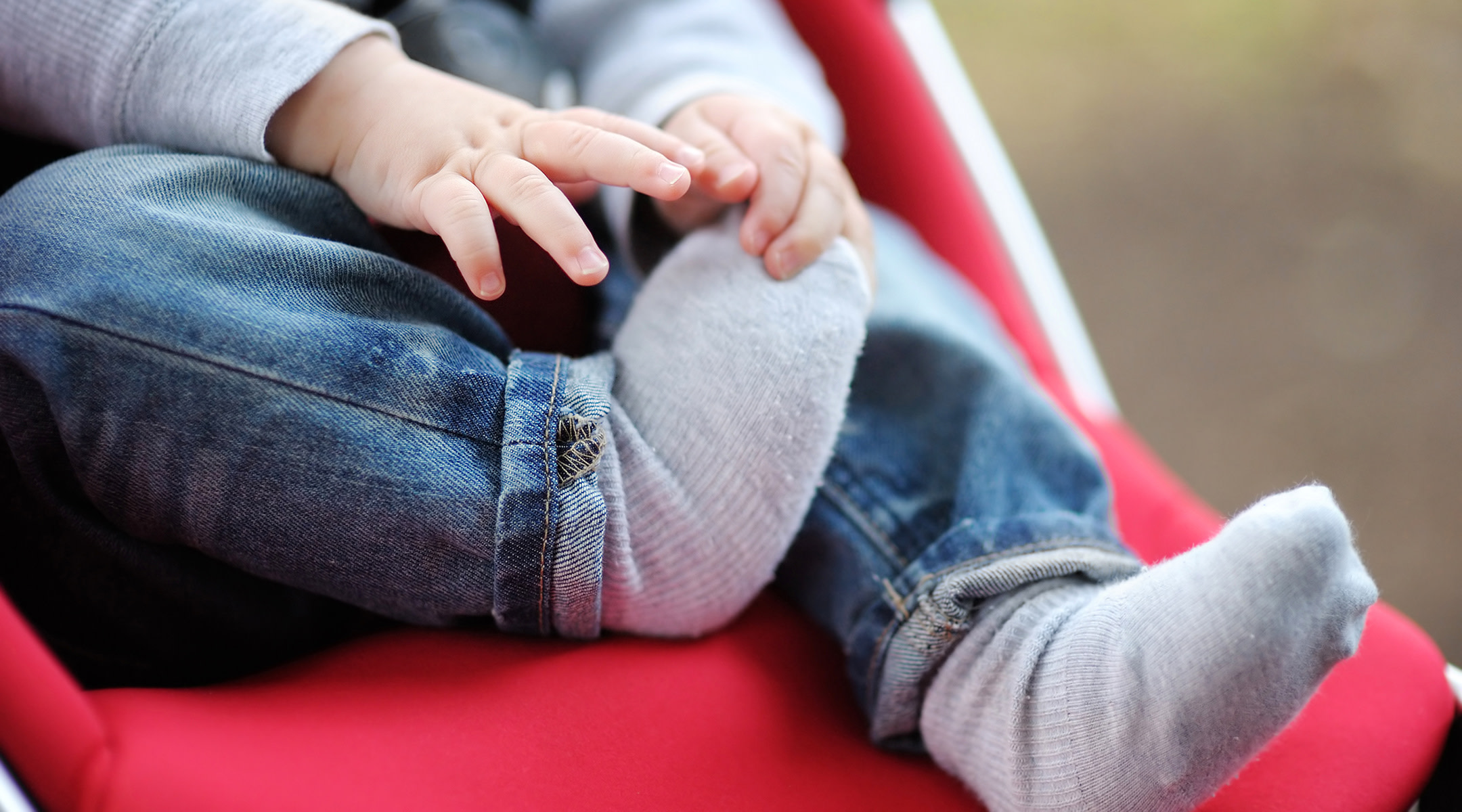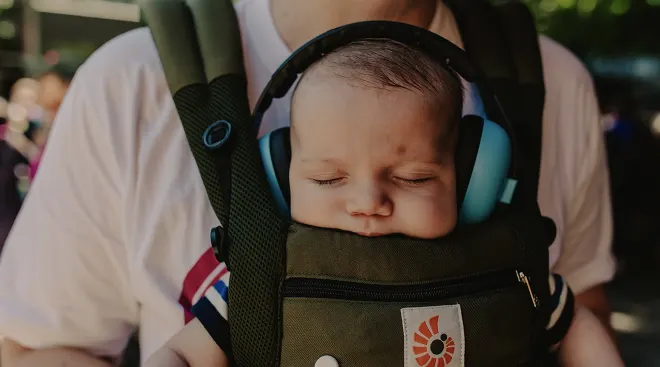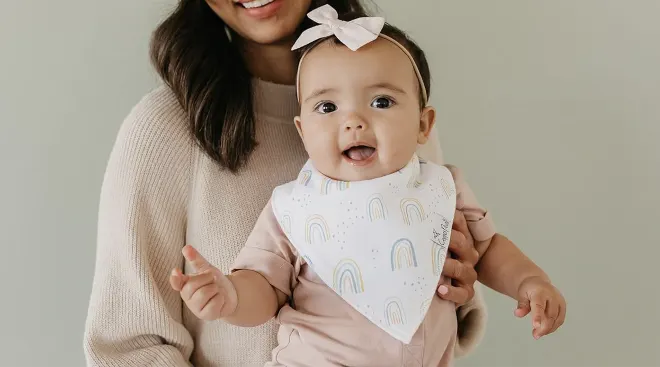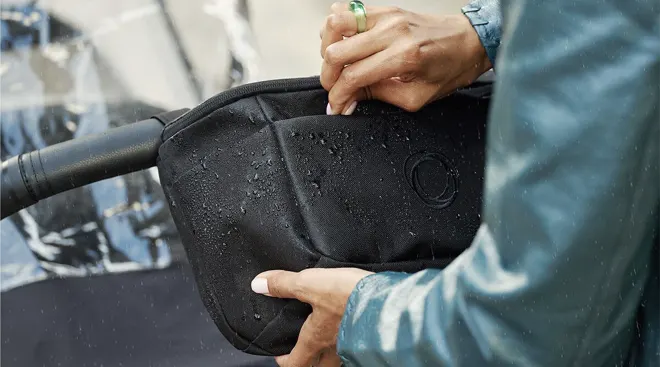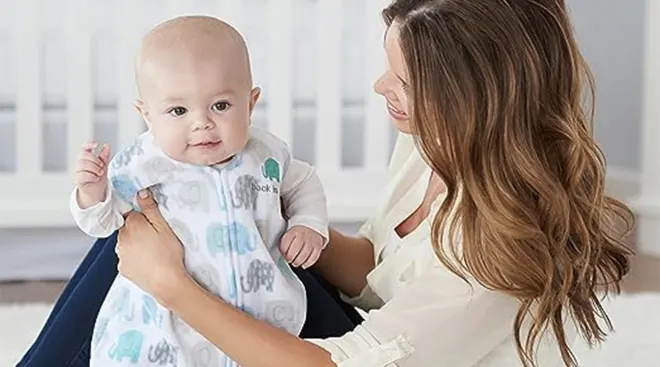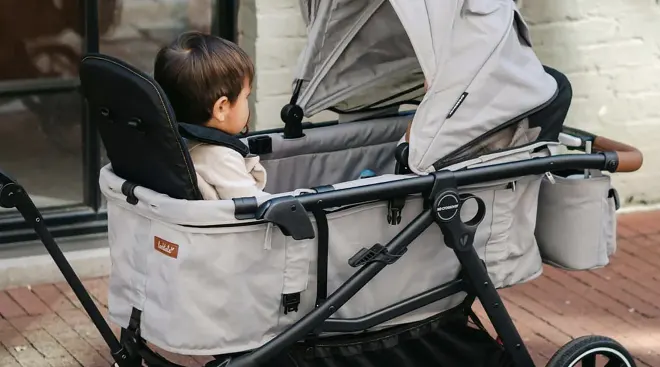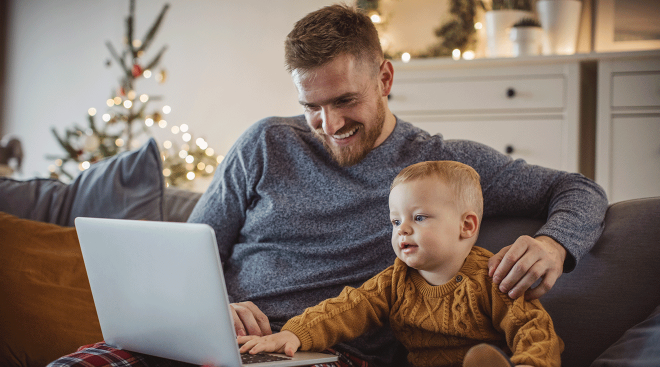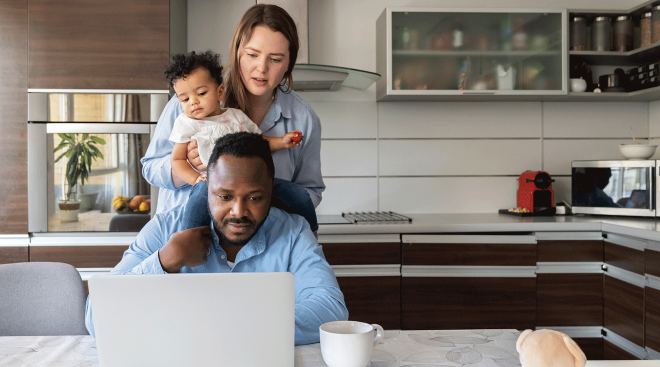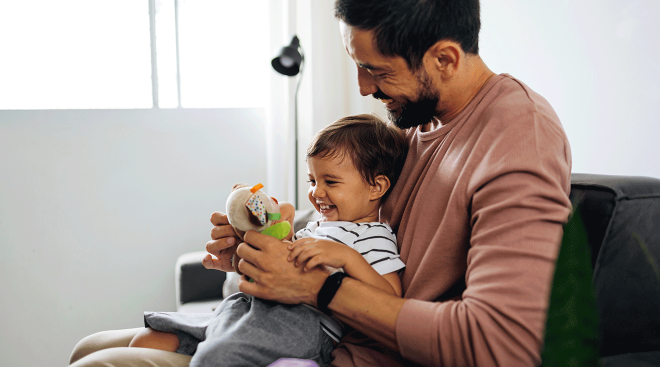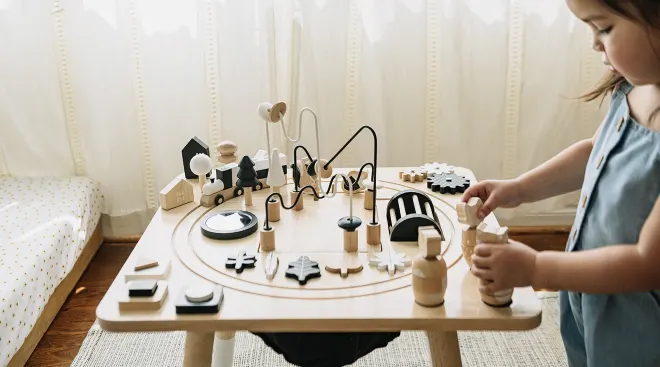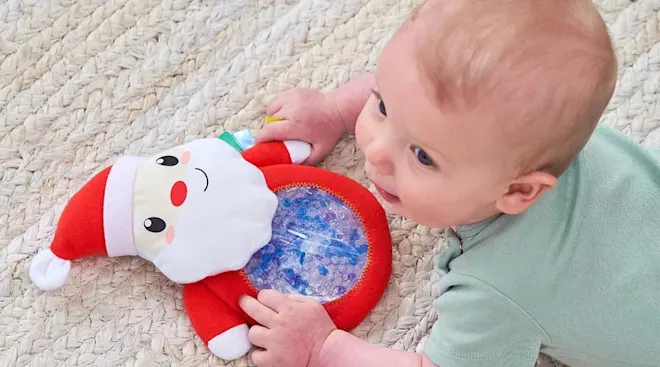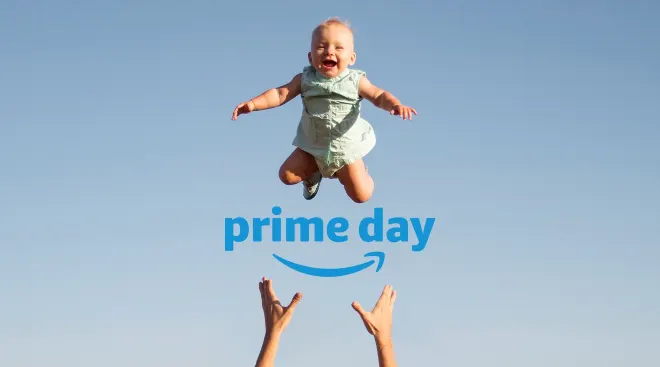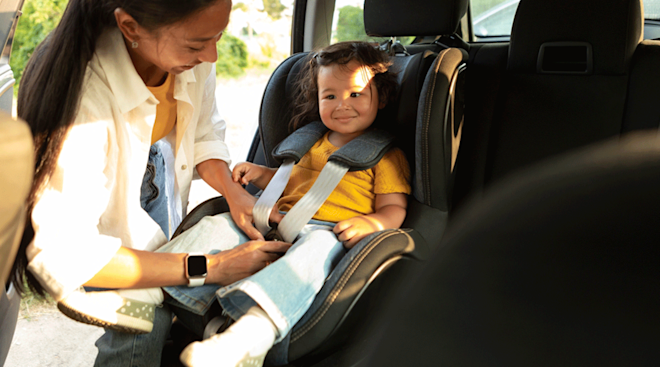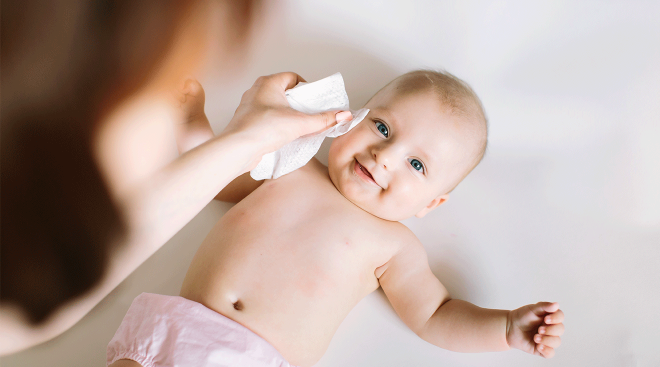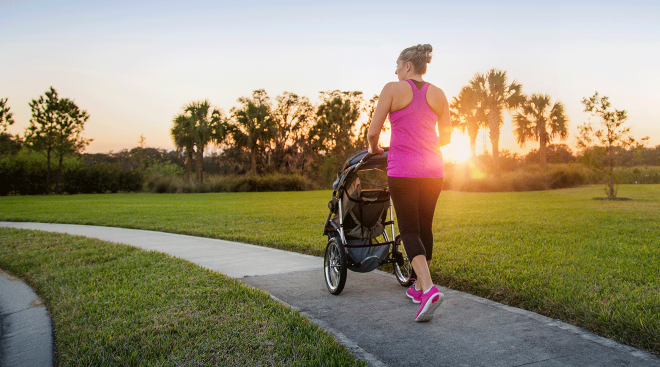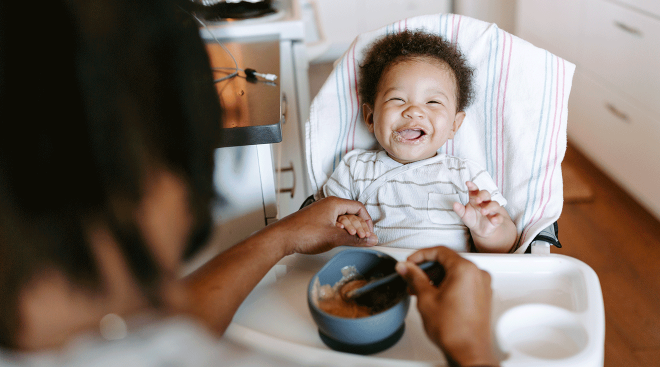When Borrowing Baby Gear Is a Bad Idea
The arrival of baby is an exhilarating—and expensive—time. For the first two years of baby’s life, the US Department of Agriculture estimates that parents spend more than $16,000 a year on child-related expenses. And with the seemingly endless list of baby products to buy, it’s no wonder. Renting, buying or borrowing used baby gear can be a good way to cut down on costs, but certain secondhand items can actually pose some hazards. Here are the top baby products that purchasing new is better for baby’s safety.
Cribs
You might want to stay away from borrowing an old crib. For one thing, there was a change in federal safety standards made in June of 2011: The Consumer Product Safety Commission (CPSC) banned the sale or manufacture of drop-side rail cribs. So you shouldn’t borrow or buy secondhand cribs of these types at all. The CPSC also made more requirements for safer hardware and stronger crib slats and mattress support, plus more safety testing.
Other hazards: The American Academy of Pediatrics (AAP) warns that peeling paint and any rough spots or splinters could be dangerous for baby, and the chance of those hazards increases with an older crib’s wear and tear. Also, if you purchase a used crib, some parts might be missing that can’t be replaced correctly with stuff you’d find at the hardware store. The AAP recommends using the original parts from the manufacturer. So with cribs, going used poses so many risks to baby’s safety that it’s just not worth it. Plus, think about it this way: Refurbishing an old crib to meet safety standards may end up costing you the same amount as buying a brand-new crib would.
Car Seats
Did you know that car seats have expiration dates? Most car seats expire within six years, but it depends on the manufacturer. So look closely at your model’s manual. (Have a used seat with no manual? Definitely a bad idea). A used car seat may be unable to perform up to its original crash-safety standards. And because safety standards are always changing, it’s important to get a car seat that meets all the standards.
The AAP also cautions parents against using a car seat that has been in a crash, has been recalled, has cracks in its frame or has missing parts. You should know the history of the car seat you’re using — if it’s been in any accidents and how old it is — and with used models, that’s probably not possible. It’s better to start with a new car seat that will keep baby snug and safe. (New infant car seats tend to start at around $60, but regardless of price, all car seats have to meet federal safety standards. If a new seat is beyond your budget, there are national nonprofits like Buckle Up for Life that donate car seats to families in need.)
Breast Pumps
Those fancy breast pumps can get pricey, and you might not think it’s worth it if you’re only expecting to breastfeed for a few months. Even though it may be costly to buy a new one, you shouldn’t borrow or purchase a previously owned breast pump, because of bacteria and certain viruses that could be transferred into the breast milk. According to Medela, you can safely use a rental pump if you’re looking to save some cash. These ones are okay because they’re designed to prevent cross-contamination — you’ll need to provide all the parts that actually connect with your boob and store your breast milk.
Most pumps made for purchase should not be shared or resold, because they have parts that can’t be cleaned or replaced. You won’t be able to fully sterilize a used breast pump, so your breast milk could be contaminated with bacteria. Plus, the motors on a breast pump may not work as well after time, which can make pumping ineffective.
Looking to save on breast pumps? There may be a way to get one for free.
Strollers
Strollers don’t have expiration dates, but you want to exercise a lot of caution when borrowing or purchasing a used stroller. First, check to see if it’s been recalled and see if it still meets safety standards set by the CPSC. Strollers get a lot of wear and tear, so you’ll want to be especially careful with inspecting it before you decide to use it. Make sure its wheels are working properly, the seat is safe and supportive, and that none of the parts are loose.
Toys
It’s sweet when a family member offers to pass down a favorite stuffed animal or vintage toy to your child, but you need to be smart about what you give to baby and what you trash. Ali Wing, CEO and founder of giggle, says there’s a risk of passing along bed bugs and bacteria through used stuffed animals and other fabric items. So stay away from buying a used stuffed animal. But if you want to give baby your favorite teddy bear from childhood that you know is A-OK, that’s totally fine. Make sure you wash it thoroughly and inspect it for any choking hazards — like it doesn’t have eyes that could fall off or accessories that could be detached. As for vintage toys (like old building blocks or rattles), Wing says there are choking hazards and the potential that the toy could contain lead. She suggests saving those for decoration only.
Updated August 2016
Plus, more from The Bump:
Navigate forward to interact with the calendar and select a date. Press the question mark key to get the keyboard shortcuts for changing dates.
































